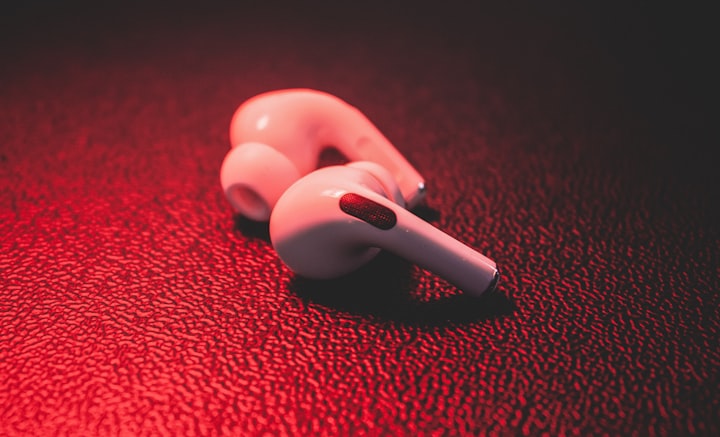Difference between Active and Passive Noise Cancellation Headphones
Active vs Passive Noise Cancellation

The elimination of distracting noise from the environment may be accomplished via various methods under the umbrella term "noise cancellation." Because there are so many words associated with noise cancellation, such as active noise cancellation, ambient noise cancellation, and adaptive noise cancellation, it may be difficult for an end user or a system developer to identify the most effective noise cancellation technology.
As smartwatches, digital assistants, and other devices for listening to music become more widespread, the importance of audio capabilities such as noise cancellation grows to help assure a better quality of audio playback and phone conversations. Digital headsets that provide convincing noise-cancellation technology stand poised to profit because original equipment manufacturers always seek new ways to distinguish their products and appeal to more discerning customers.
Passive Noise Cancellation
The headset provides some level of noise reduction, known as passive noise cancellation. This might take the form of rubber tips in an in-ear design or padding in an over-the-ear style. The simplest circumstance refers to the degree of noise reduction the physical device provides or how well the headset functions as an earplug.
Although a good design will give effective passive cancellation before using electronics, passive cancellation is often only capable of blocking frequencies greater than one thousand hertz. Even the most advanced active electronics cannot compensate for poor acoustic design combined with just a small amount of cancellation from passive sources.
Active noise cancellation
Active noise cancellation (ANC) employs a microphone to monitor ambient noise and produce anti-noise mixed with audio playing to cancel noise entering the user's ear. This is done to grant the user a more comfortable listening experience.
Active noise cancellation may be accomplished by the use of analogue filters or digital filters, and it is often classified according to its design as feed-forward cancellation, feedback cancellation, or hybrid cancellation. As was previously said, a fantastic active cancellation feature will considerably enhance a headset with a decent passive cancellation feature. Still, it will not be able to make up for a bad design.
Comparison of Active Noise Cancellation vs Passive Noise Cancellation
While active noise cancellation is a complex technology, it is limited in its ability to fully eradicate noise, performing best at cancelling low-frequency sounds and becoming progressively less effective as the frequency of the ambient noise increases.
In the process of passive noise cancellation, also known as noise isolation, thick materials are used to create a physical obstacle that stops ambient noise from reaching the listener's ear. In general, it does not perform as well against loud sounds; nevertheless, compared to most ANC, it is far more successful in masking the mids and highs.
People travelling or operating in places with a lot of background noise need headphones with active noise cancellation. Although it's a neat feature, not everyone needs it.
Check out more in detailed about the comparison of active vs passive noise cancelling
If you don't consume a lot of time in places with a lot of background noise, though, you may be able to save a few dollars and still receive superior audio quality using passive noise-cancelling headphones. This is because passive noise-cancelling headphones tend to have higher audio quality overall.
If you can pinpoint the specific sounds that irritate you the most, you will be in a better position to choose the noise-cancelling technique that will be most successful for you.
Conclusion
Earcups specially developed for passive noise cancellation keep out ambient sounds. The earbud or headphones themselves exclude ambient noise, which is useful for both types of headphones. Microphones and speakers work together in active noise cancellation to lessen ambient noise.






Comments
There are no comments for this story
Be the first to respond and start the conversation.